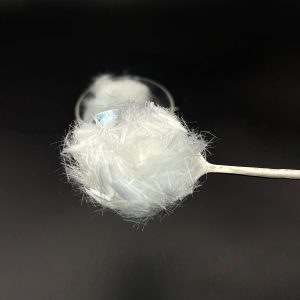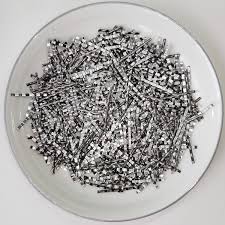Professional solutions on concrete addtives, Concrete Foaming Agent, Superplasticizer, CLC Blocks Additives, and foaming machine
PRODUCT PARAMETERS
Description
Introduction of Milling Steel Fiber
Milled steel fiber is a fiber milled from thick steel plates or ingots. The overall surface is wavy and the cross section is crescent-shaped.
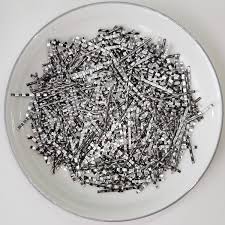
Product function of Milling Steel Fiber
1. Excellent wear resistance and durability, higher fatigue endurance limit. High ductility and impact resistance.
2. Good dispersion, steel fiber will not ball up in concrete and is evenly distributed.
3. Improve the mechanical properties of concrete such as tensile, bending and shear resistance.
4. The rough and clean surface of steel fiber can be firmly combined with the cement paste in concrete.
5 Compared with traditional reinforced concrete, steel fiber concrete is directly constructed and seamlessly connected to large laser leveling equipment, saving costs.
6. The construction process is simpler, and the construction period is greatly shortened compared to the steel bar solution.
Parameters of of Milling Steel Fiber
| Length | 32mm、45mm、50mm |
| Diameter | 1.1mm |
| Tensile strength | >600MPa |
Application Field of Milling Steel Fiber
1. Construction engineering: house construction, prefabricated piles, frame nodes, roof waterproofing, underground waterproofing, etc.
2. Industrial floor: cut-seam floor, non-cut floor, seamless floor, pile-bearing floor, garage leveling layer, composite floor deck, raft, factory road, pavement, etc.
3. Pipeline engineering: centrifugal tubes, vibration and extrusion tubes, pump pipes, steel-lined steel fiber concrete pressure pipes, etc.
4. Highway bridge engineering: box arch bridge arch ring, continuous box beam, bridge deck, etc.
5. Highway pavement and airport bridge deck engineering: highway pavement, highway pavement in frozen areas, airport pavement, etc.
6. Railway engineering: prestressed railway sleepers, double-block railway sleepers, etc.
7. Water conservancy and hydropower engineering: water flow erosion wear parts, gates, gates, ferry, dam anti-seepage panels, etc.
8. Port and marine engineering: steel pipe pile anti-corrosion layer, wharf facilities, submarine concrete facilities, etc.
9. Other projects: heavy-load industrial scene/warehouse floor, silo, maintenance and reinforcement project, underground cable, pipeline manhole cover, sewer water grate, etc.
Usage Method of Milling Steel Fiber
Construction technical requirements:
1. The cement grade shall not be less than 425. The water-cement ratio shall not be greater than 0.5.
2. The diameter length of coarse aggregate should not exceed 2/3 of the length of steel fiber.
3. The volume of steel fiber in steel fiber concrete should not be less than 0.5%, generally between 0.5-3%, and 1.5%–2.5% is recommended; that is, the dosage range of each cubic meter of concrete is: 5-30kg, and 15-25kg is recommended.
4. Steel fiber concrete shall not be used for blocking, and sand and chloride salt are strictly prohibited.
5. In addition to the above provisions, other materials used in steel fiber concrete shall comply with the provisions of the current specifications on the raw materials used for reinforced concrete.
6. The consistency of steel fiber concrete can be determined by referring to the consistency required for ordinary concrete in similar projects. Its slump value can be smaller than the corresponding ordinary concrete requirement.
7. When the steel fiber concrete cushion layer and surface layer with a flat-head joint structure does not have a foundation reinforcement layer such as ash soil under the cushion layer and meets the following conditions at the same time:
a. The thickness of the pre-potential layer and surface layer is not greater than 130mm.
b. The thickness of the foundation reinforcement layer is greater than the thickness of the cushion layer. Its thickness can be multiplied by the reduction factor of 0.75, but shall not be less than 50mm
Material requirements:
Steel fiber and coarse aggregate → stir for 30 seconds → add sand and cement → stir for 30 seconds → add water → stir for 3 minutes
Compacting:
1. When pouring steel fiber concrete, mix and use it, pour continuously, and do not throw away the construction joints before the partition joints. It should be vibrated and compacted during pouring.
2. Surface finishing, embossed steel fiber concrete has the characteristics of fine coarse aggregate, large sand rate, and random fiber distribution. It is smoothed mechanically to prevent fiber exposure. The embossing process of the embossing machine can also avoid the phenomenon of fiber exposure caused by hair pulling. After 24 hours, it should be maintained in time according to routine. In summer, it should be covered with straw bags and the like, and in winter, it should be kept warm.

Company Profile
Cabr-Concrete is the global leader in Low-Density Cellular Concrete (LDCC), Celluar Light Concrete (CLC), and advanced engineered foam solutions. Known globally for its commitment to research, innovation, and applied expertise, we have been providing engineered foam solutions since the early 2012’s.
We can supply Concrete Fiber over the world. The company has a professional technical department and quality supervision department, a well-equipped laboratory, and equipped with advanced testing equipment and after-sales customer service center.Send us an email or click on the needed products to send an inquiry.
If you want to know more about Milling Steel Fiber, please feel free and contact us: sales@cabr-concrete.com

Packaging and Storage of Milling Steel Fiber
Packaging: Carton or composite packaging paper bag 25kg/box or bag, 1500kg-2000kg per pallet, and can also be produced and packaged according to user requirements.
Payment
T/T, Western Union, Paypal, Credit Card etc.
Shipment
By air, by sea, by express, as customers request.
FAQs of Milling Steel Fiber
What are the Benefits of Using Milling Steel Fibers in Concrete?
Using milling steel fibers in concrete offers several advantages:
- Improved Durability: The fibers increase the concrete’s resistance to cracking, thus enhancing the durability of the structure.
- Increased Toughness: They improve the concrete’s ability to withstand shock and impact loads.
- Flexural Strength: The fibers significantly increase the flexural strength of the concrete, making it less prone to bending under load.
- Reduced Shrinkage Cracking: By providing internal support, they can reduce the formation of shrinkage cracks during the curing process.
How Are Milling Steel Fibers Different from Other Types of Steel Fibers?
Milling steel fibers differ primarily in their manufacturing process and physical characteristics. For example, they might be more uniform in shape and size compared to other types of fibers, which could be cut from different materials or processes. Additionally, milling steel fibers might have specific geometries that enhance their performance in concrete.
How Are Milling Steel Fibers Used in Construction?
Milling steel fibers are added to the concrete mix during the batching process. They are mixed thoroughly to ensure even distribution throughout the concrete. Once the concrete sets, the fibers provide additional reinforcement within the matrix.
Can Milling Steel Fibers Replace Traditional Reinforcement?
In some applications, milling steel fibers can partially or fully replace traditional reinforcement such as rebar. This is particularly true for applications where the addition of fibers can provide sufficient reinforcement for the intended loads and service conditions. However, each application must be evaluated on a case-by-case basis, and engineering judgment is necessary.
REQUEST A QUOTE
RELATED PRODUCTS
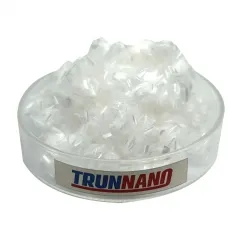
Premium Polyester Fiber For Concrete Use
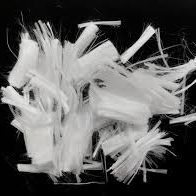
Polypropylene Monofilament Fiber for Concrete
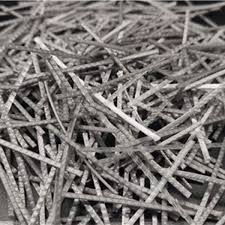
PPF series polypropylene crude synthetic fiber
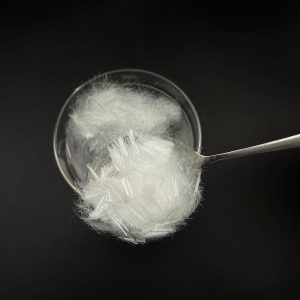
PVA Fibers for Concrete Reinforcement in a Variety of Concrete Mixes
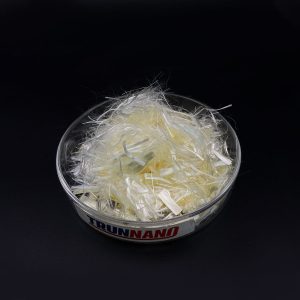
PP Series Polypropylene Crude Synthetic Fiber High strength Polypropylene Monofilament Fiber
